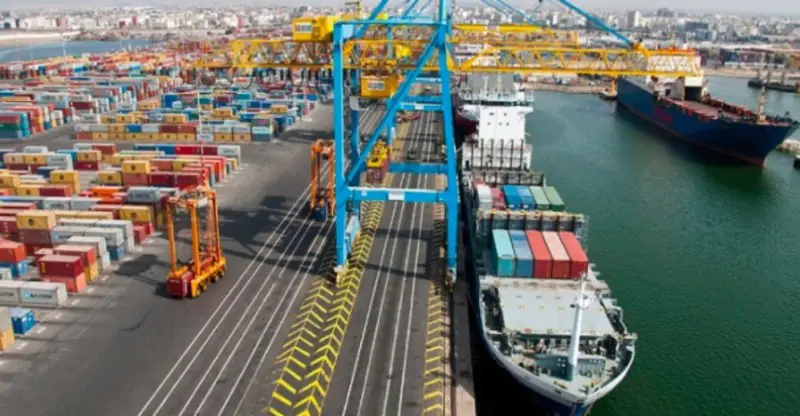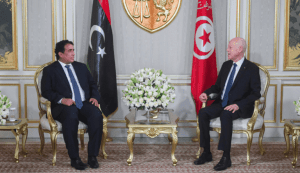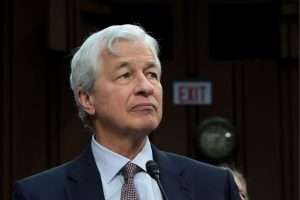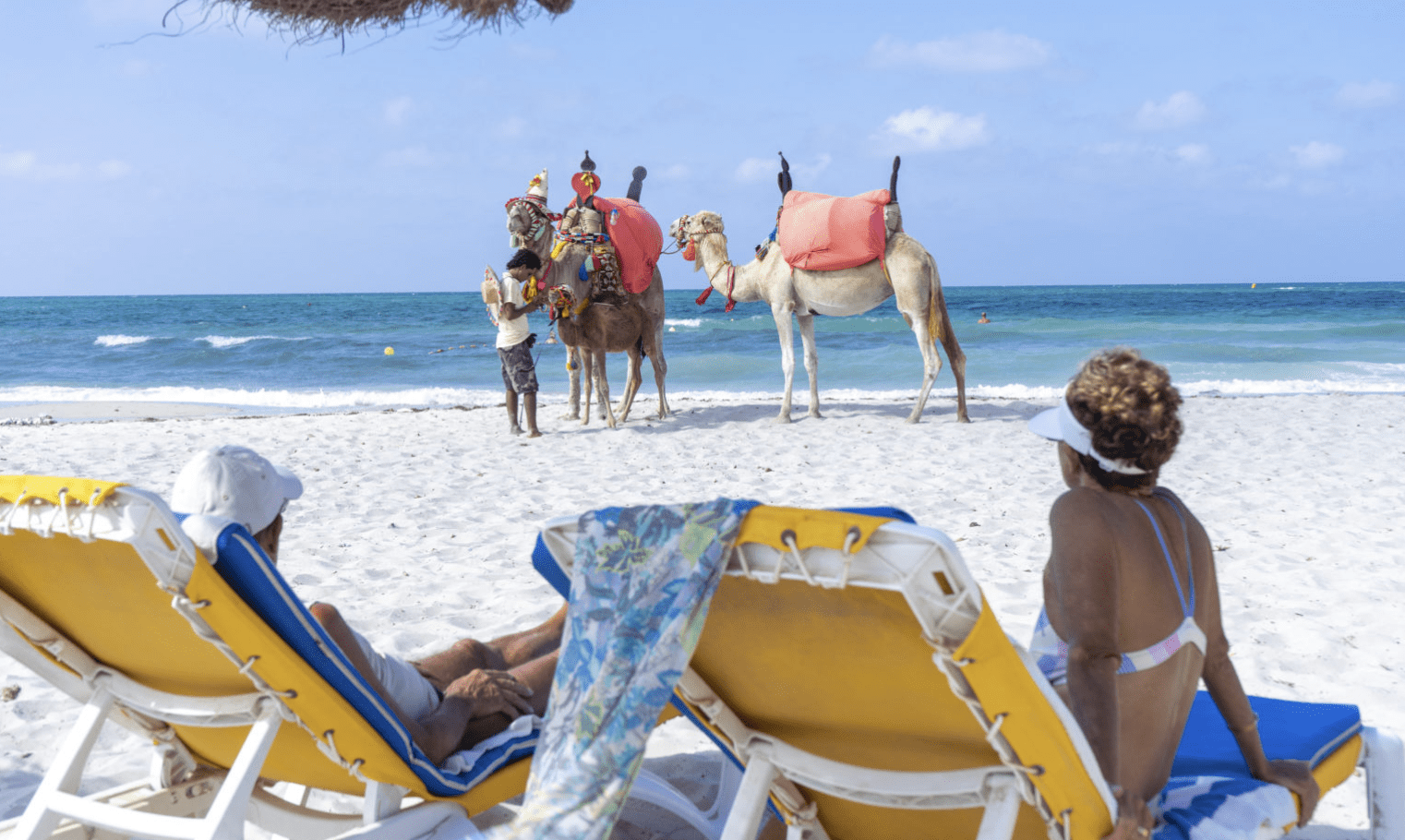UK Group Sees Hope in Moroccan 2023 Economy

A recent study published by a UK-based organisation has painted a rosy picture for Morocco’s economy in the coming years. According to the country forecast report of ‘Oxford Economics’, growth is expected almost double in 2023, compared to the previous year with the country enjoying an even higher rate in the medium term if the Ukraine war ends the following year.
According to the study, which Maghrebi has seen, Morocco should hit 2.5% growth this year which clashes with estimations of the country’s Higher Commission for Planning (HCP) which pitched it closer to 3.4%.
“After a severe drought took its toll on the Moroccan economy last year, a faint light has started to shimmer in the distance. Under the assumption that agricultural production returns to historical average levels this year, our baseline forecast sees the economy growing by 2.5% in 2023, compared with a growth rate of 1.3% in 2022” it predicts.

But the UK outfit also warns of a downside in terms of weather, unpredictable outcomes of the Ukraine war and decline in the eurozone.
“The threat of persistent drought conditions, however, presents a real downside risk to this forecast. Other risk factors include a further deterioration in global economic conditions, particularly in the eurozone, as well as a greater-than-anticipated fallout from the Russia-Ukraine war” it says. “Once the domestic and external factors that have been weighing on the economy normalise, we see real GDP growth averaging 3.4% p.a. over the medium term”.
Oxford is however quick to point out that the country’s economic woes are based on the government in Rabat being slow to react to market dynamics and lack of investment in key areas.
“Despite diversification in recent years” its authors argue, “Morocco is still quite reliant on the agricultural sector, which accounts for close to 15.0% of GDP and contributes substantially to local manufacturing activity and employment. As a result, the economy is more vulnerable to adverse weather conditions than other countries in North Africa. In particular, the incidence of drought in the past decade or so has become more frequent, and the lack of investment in irrigation means that the cereal harvest is subject to wide-ranging fluctuations”.
Untapped energy resources as also a factor to Morocco lifting itself out of the doldrums of low growth. While “the industrial sector accounts for 25.7% of GDP… the country holds negligible proven oil and gas reserves, the country is believed to possess large untapped shale resources. Renewable energy represents another significant opportunity”.
READ Morocco eyes 1bn dollar deal from Israel at key business summit
While dollar and euro cash reserves held in the central bank will be a concern, the authors believe it will not be a deal breaker.
“Weaker remittance inflows together with ongoing efforts by the authorities to reduce Morocco’s dependence on external debt should further entrench the drawdown on foreign reserves this year” they predict. “Foreign reserves declined by $3.3bn to $31bn in 2022 and are expected to decline by a further $2.5bn to $28.5bn in 2023. Although the external position is envisaged to come under continued pressure this year, Morocco still maintains a decent foreign reserves buffer, thanks to the build-up of foreign currency at the peak of the Covid-19 pandemic”.
Want to chase the pulse of North Africa?
Subscribe to receive our FREE weekly PDF magazine















